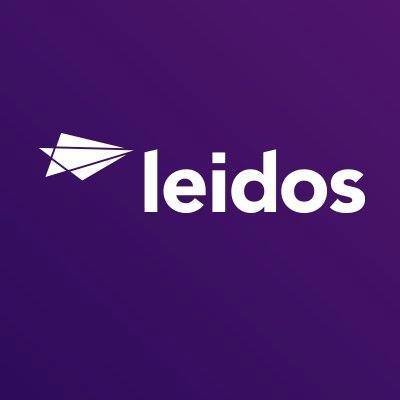
Leidos Data Analyst Case Interview (Engineering) — Mission Operations Dataset and Stakeholder Brief
This case mirrors candidate-reported Leidos interviews that emphasize mission impact, disciplined analytics in regulated environments, and clear communication to government stakeholders. You will analyze a simplified mission-operations dataset inspired by Civil (FAA) and Defense contexts to diagnose delay drivers and recommend actions. Case setup: you receive three tables (ops_by_hour with timestamped arrivals, departures, weather, and throughput; maintenance_events with asset_id, start_end, category; staffing_roster with role, shift, coverage) plus a one-page mission brief with KPIs such as on-time rate, safety incidents, and readiness. Business question: given 90 days of data at a major hub, identify root causes of throughput shortfalls and propose a 90-day plan that improves on-time performance without compromising safety. What you do: 1) Clarify requirements and data quality risks including time zones, missingness, deduplication, and lineage; state assumptions you will lock before analysis. 2) Write or whiteboard SQL to join the three tables, compute hourly delay_rate, top contributing factors, and a 7-day rolling trend using window functions and CTEs; explain indexing or partitioning choices. 3) Perform lightweight analytics in Python or SQL such as anomaly detection with simple thresholds or z-scores, and propose a transparent risk score for delay given weather, maintenance, and staffing. 4) Sketch a leadership and operations view in Tableau or Power BI that is 508-accessible, with clear KPI definitions, drill paths, and alert thresholds; articulate how the same view would be adapted for an airfield operations chief versus a program manager. 5) Address security and compliance tradeoffs common at Leidos: handling CUI and possible PHI, role-based access, audit logging, reproducibility in low-connectivity or air-gapped settings, and considerations for ATO-friendly deployment. 6) Present a concise recommendation with expected impact, risks, and a phased plan, then handle follow-up what-ifs such as tool constraints, classified extensions, or a late-breaking requirement change. Evaluation rubric reflects Leidos culture: technical SQL and data modeling depth (30%), analytical rigor and defensible assumptions (25%), communication and stakeholder alignment (20%), visualization and storytelling (15%), and security and compliance awareness (10%). Flow and timing: 75 minutes total; 5-minute brief, 35-minute working session, 10-minute presentation, 10-minute Q&A, 5-minute wrap. Strong performance demonstrates mission-first thinking, bias for clarity and documentation, and pragmatic, defensible analysis over black-box complexity.
75 minutes
Practice with our AI-powered interview system to improve your skills.
About This Interview
Interview Type
PRODUCT SENSE
Difficulty Level
3/5
Interview Tips
• Research the company thoroughly
• Practice common questions
• Prepare your STAR method responses
• Dress appropriately for the role